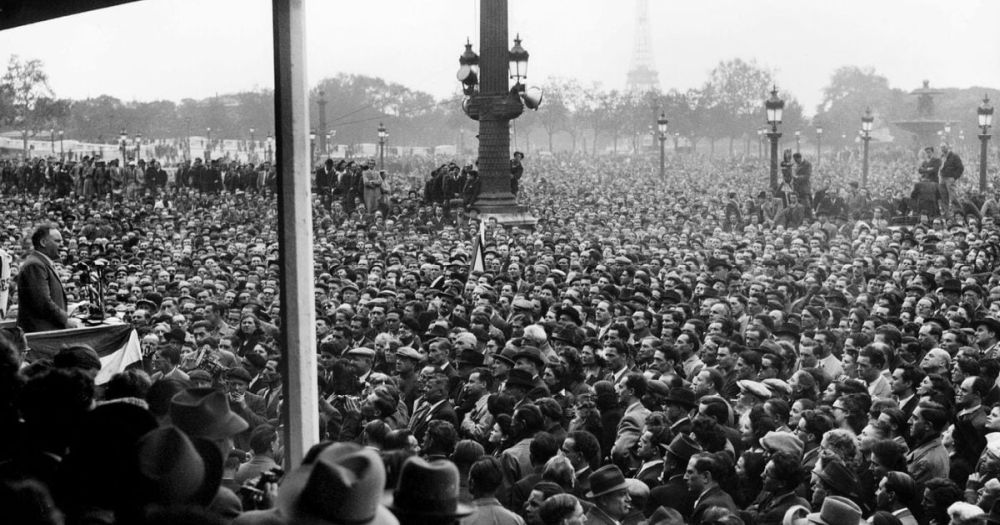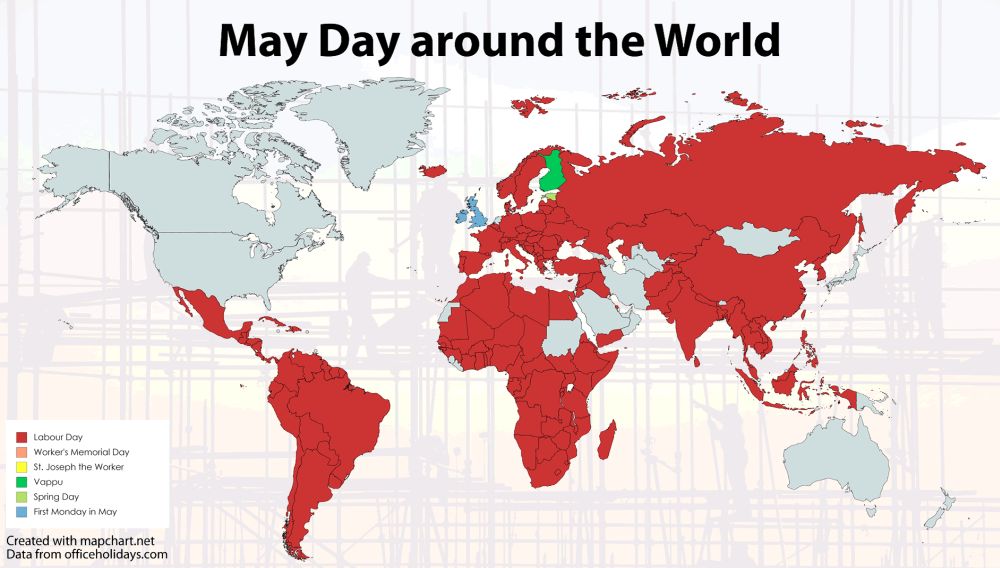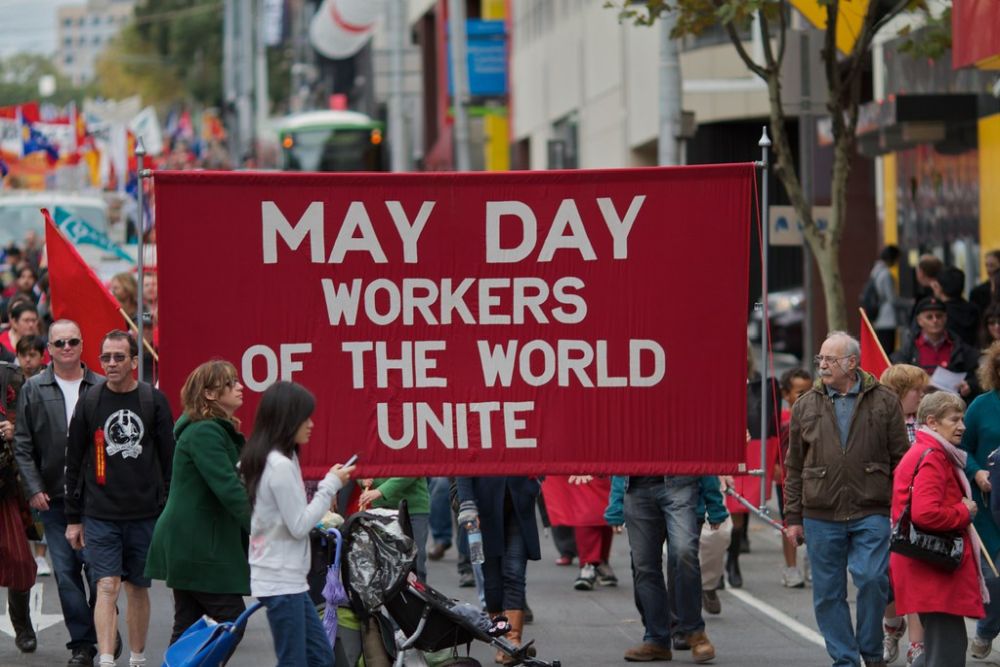On May 1st, people across the globe observe International Workers’ Day, a date rooted in struggle and solidarity. It began in 1886 when hundreds of thousands of workers in the United States walked off the job demanding an eight-hour workday. In Chicago, peaceful protests turned deadly during the Haymarket Affair. What followed was not defeat, but the birth of a global workers’ movement.

Three years later, the date was adopted by labor groups across Europe and beyond. From Paris to Havana, Berlin to Jakarta, May 1st became a symbol of resistance and celebration. Some countries made it a national holiday, others marked it with parades and protests. In contrast, the United States—where the story began—shifted its official Labor Day to September, distancing itself from the revolutionary tone of May.

Today, the way countries observe May 1st varies. In some places, it’s a loud, colorful holiday with flags and music; in others, it’s a quiet day off or a chance for unions to negotiate. Even where political tension exists, the day still manages to honor the efforts of ordinary people. Its core message endures: labor deserves dignity, and workers deserve respect.

More than just a historical event, May 1st remains a living tradition. It recognizes those who keep the world running—teachers, nurses, cleaners, drivers, and countless others. It’s not only about the right to work but the right to rest, to speak up, and to be seen. One day a year may not be enough, but it’s a start.

#MayDay #WorkersDay #LabourDay #May1st #LaborRights #History #Solidarity
